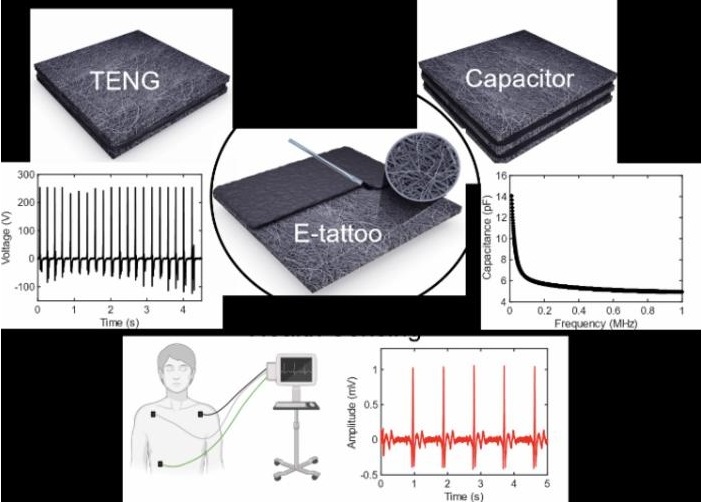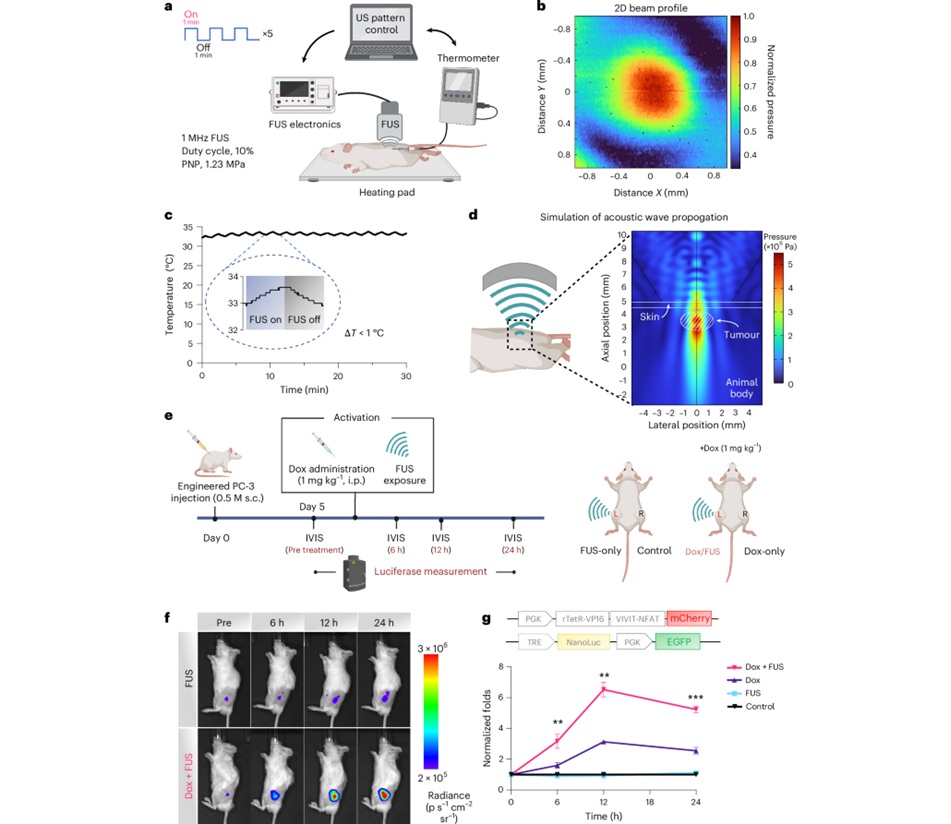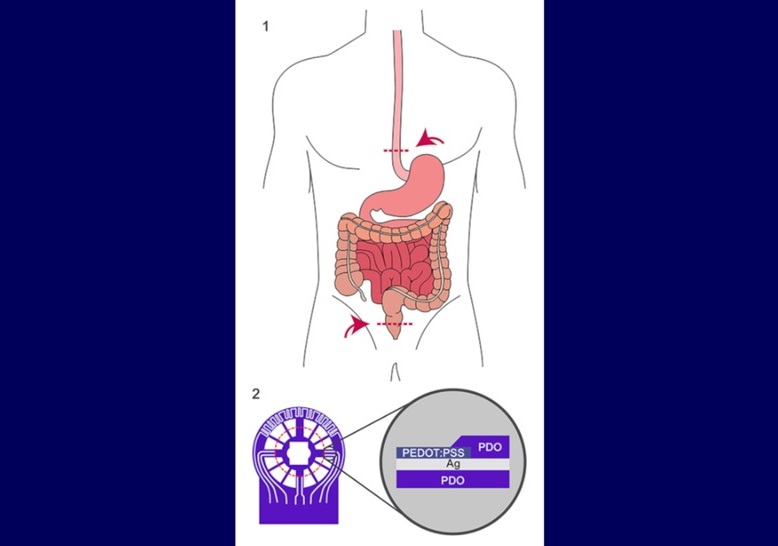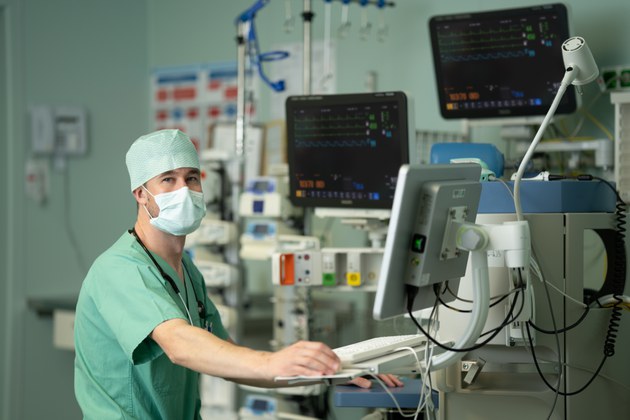Virtual Reality Helps Diagnose Systemic Dizziness Episodes
|
By HospiMedica International staff writers Posted on 12 Jan 2017 |
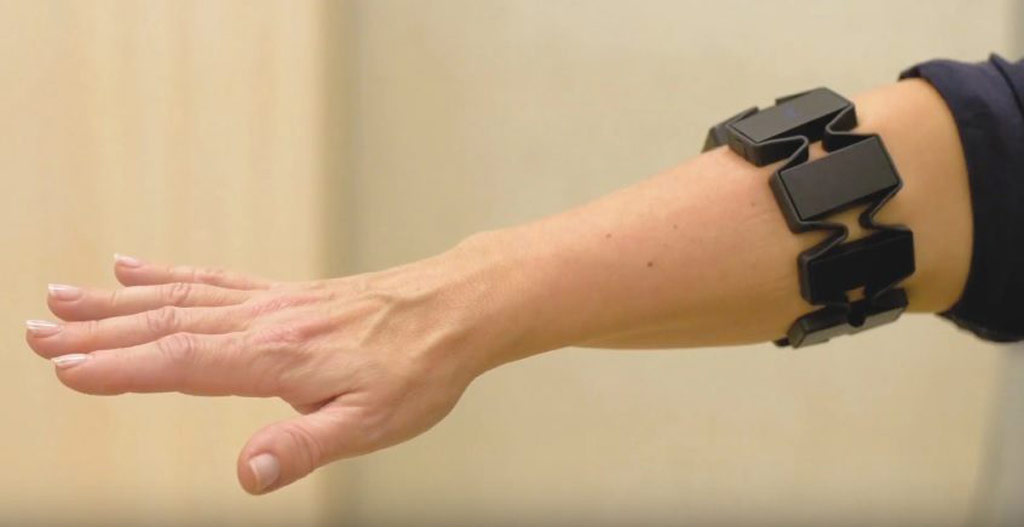
Image: The Myo armband helps diagnose vestibular disorders (Photo courtesy of KTU/LSMU).
An innovative portable technology provides a convenient and inexpensive method for diagnosing vestibular system disorders.
Developed jointly by researchers at Kaunas University of Technology (KTU; Lithuania) and the Lithuanian University of Health Sciences (LSMU; Kaunas), the technology is based on the Myo armband, a gesture recognition device worn on the forearm manufactured by Thalmic Labs (Kitchener, Canada), which enables the user to control technology wirelessly using various hand motions, interpreted using a set of electromyographic (EMG) sensors.
The EMG sensors identify electrical activity in the forearm muscles, which is then combined with a gyroscope, accelerometer, and magnetometer to recognize the gestures. The researchers analyzed data from the Myo, combining it with additional input from Samsung virtual reality (VR) software, synchronizing between the different programming languages and environments in order to analyze vestibular conditions. The technology is currently being tested with healthy volunteers.
“Dizziness is a very common health disorder, experienced by both young and older people. Strong systemic dizziness, followed by imbalance, nausea, paleness, and perspiration interferes with human activities and can cause great anxiety,” said lead author Professor Ingrida Ulozienė, PhD, of LSMU. “If the condition persists, the quality of life, mood and work efficiency suffers. Sometimes dizziness can be a symptom of more serious diseases. Unfortunately, the condition is relatively difficult to diagnose.”
The vestibular system includes the parts of the inner ear and brain that process the sensory information involved with controlling balance and eye movements. Commonly diagnosed vestibular disorders include benign paroxysmal positional vertigo (BPPV), labyrinthitis and vestibular neuritis, Ménière’s disease, secondary endolymphatic hydrops, and perilymph fistula. Other problems related to vestibular dysfunction include vestibular migraine and complications from autoimmune disorders and allergies.
Related Links
Kaunas University of Technology
Lithuanian University of Health Sciences
Thalmic Labs
Developed jointly by researchers at Kaunas University of Technology (KTU; Lithuania) and the Lithuanian University of Health Sciences (LSMU; Kaunas), the technology is based on the Myo armband, a gesture recognition device worn on the forearm manufactured by Thalmic Labs (Kitchener, Canada), which enables the user to control technology wirelessly using various hand motions, interpreted using a set of electromyographic (EMG) sensors.
The EMG sensors identify electrical activity in the forearm muscles, which is then combined with a gyroscope, accelerometer, and magnetometer to recognize the gestures. The researchers analyzed data from the Myo, combining it with additional input from Samsung virtual reality (VR) software, synchronizing between the different programming languages and environments in order to analyze vestibular conditions. The technology is currently being tested with healthy volunteers.
“Dizziness is a very common health disorder, experienced by both young and older people. Strong systemic dizziness, followed by imbalance, nausea, paleness, and perspiration interferes with human activities and can cause great anxiety,” said lead author Professor Ingrida Ulozienė, PhD, of LSMU. “If the condition persists, the quality of life, mood and work efficiency suffers. Sometimes dizziness can be a symptom of more serious diseases. Unfortunately, the condition is relatively difficult to diagnose.”
The vestibular system includes the parts of the inner ear and brain that process the sensory information involved with controlling balance and eye movements. Commonly diagnosed vestibular disorders include benign paroxysmal positional vertigo (BPPV), labyrinthitis and vestibular neuritis, Ménière’s disease, secondary endolymphatic hydrops, and perilymph fistula. Other problems related to vestibular dysfunction include vestibular migraine and complications from autoimmune disorders and allergies.
Related Links
Kaunas University of Technology
Lithuanian University of Health Sciences
Thalmic Labs
Latest Patient Care News
- Revolutionary Automatic IV-Line Flushing Device to Enhance Infusion Care
- VR Training Tool Combats Contamination of Portable Medical Equipment
- Portable Biosensor Platform to Reduce Hospital-Acquired Infections
- First-Of-Its-Kind Portable Germicidal Light Technology Disinfects High-Touch Clinical Surfaces in Seconds
- Surgical Capacity Optimization Solution Helps Hospitals Boost OR Utilization

- Game-Changing Innovation in Surgical Instrument Sterilization Significantly Improves OR Throughput
- Next Gen ICU Bed to Help Address Complex Critical Care Needs
- Groundbreaking AI-Powered UV-C Disinfection Technology Redefines Infection Control Landscape
- Clean Hospitals Can Reduce Antibiotic Resistance, Save Lives
- Smart Hospital Beds Improve Accuracy of Medical Diagnosis
- New Fast Endoscope Drying System Improves Productivity and Traceability
- World’s First Automated Endoscope Cleaner Fights Antimicrobial Resistance
- Portable High-Capacity Digital Stretcher Scales Provide Precision Weighing for Patients in ER
- Portable Clinical Scale with Remote Indicator Allows for Flexible Patient Weighing Use
- Innovative and Highly Customizable Medical Carts Offer Unlimited Configuration Possibilities
- Biomolecular Wound Healing Film Adheres to Sensitive Tissue and Releases Active Ingredients
Channels
Critical Care
view channel
AI Model Helps Diagnose Often Undetected Heart Disease from Simple EKG
Coronary microvascular dysfunction is a common but elusive cause of chest pain that is frequently missed in emergency and outpatient settings. Unlike blockages in large coronary arteries, this condition... Read more
Ultra-Stable Mucus-Inspired Hydrogel Boosts Gastrointestinal Wound Healing
Treating wounds and delivering drugs in the gastrointestinal tract is challenging because most biomaterials rapidly degrade in the stomach’s highly acidic environment. Conventional hydrogels lose adhesion... Read moreSurgical Techniques
view channel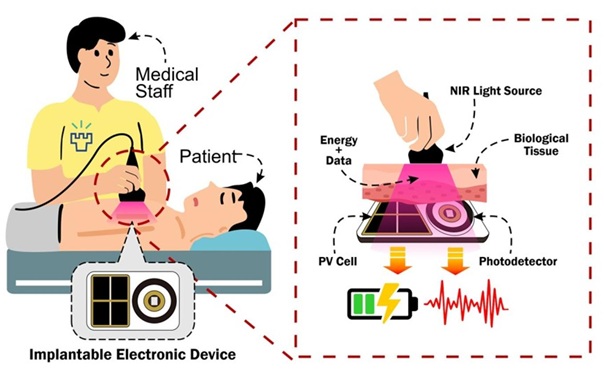
NIR Light Enables Powering and Communicating with Implantable Medical Devices
Implantable medical devices rely on wireless communication and long-lasting power sources to function safely inside the body, yet existing radio-based methods raise concerns around security, interference,... Read more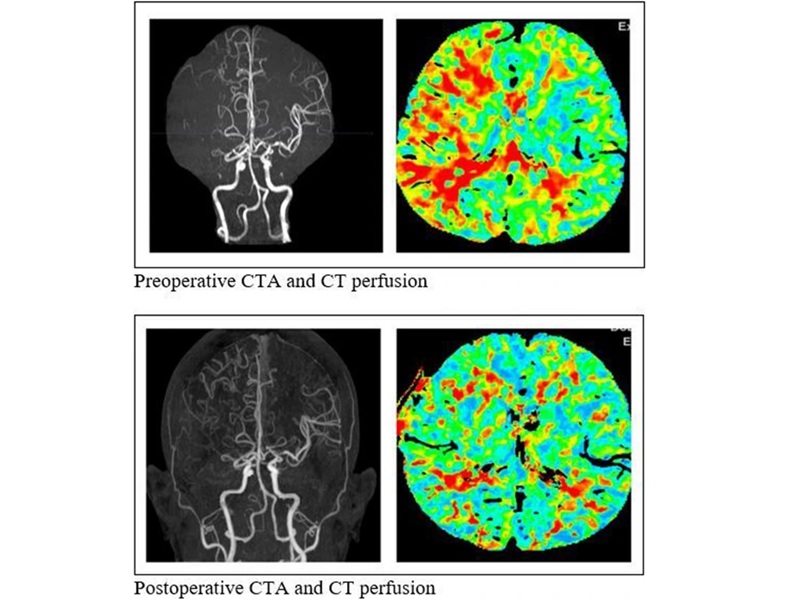
Simple Bypass Protocol Improves Outcomes in Chronic Cerebral Occlusion
Chronic cerebral arterial occlusion and moyamoya disease are major causes of ischemic stroke, particularly in regions where access to advanced diagnostic tools is limited. Assessing cerebral blood flow... Read moreHealth IT
view channel
EMR-Based Tool Predicts Graft Failure After Kidney Transplant
Kidney transplantation offers patients with end-stage kidney disease longer survival and better quality of life than dialysis, yet graft failure remains a major challenge. Although a successful transplant... Read more
Printable Molecule-Selective Nanoparticles Enable Mass Production of Wearable Biosensors
The future of medicine is likely to focus on the personalization of healthcare—understanding exactly what an individual requires and delivering the appropriate combination of nutrients, metabolites, and... Read moreBusiness
view channel
Philips and Masimo Partner to Advance Patient Monitoring Measurement Technologies
Royal Philips (Amsterdam, Netherlands) and Masimo (Irvine, California, USA) have renewed their multi-year strategic collaboration, combining Philips’ expertise in patient monitoring with Masimo’s noninvasive... Read more
B. Braun Acquires Digital Microsurgery Company True Digital Surgery
The high-end microsurgery market in neurosurgery, spine, and ENT is undergoing a significant transformation. Traditional analog microscopes are giving way to digital exoscopes, which provide improved visualization,... Read more
CMEF 2025 to Promote Holistic and High-Quality Development of Medical and Health Industry
The 92nd China International Medical Equipment Fair (CMEF 2025) Autumn Exhibition is scheduled to be held from September 26 to 29 at the China Import and Export Fair Complex (Canton Fair Complex) in Guangzhou.... Read more







.jpg)




